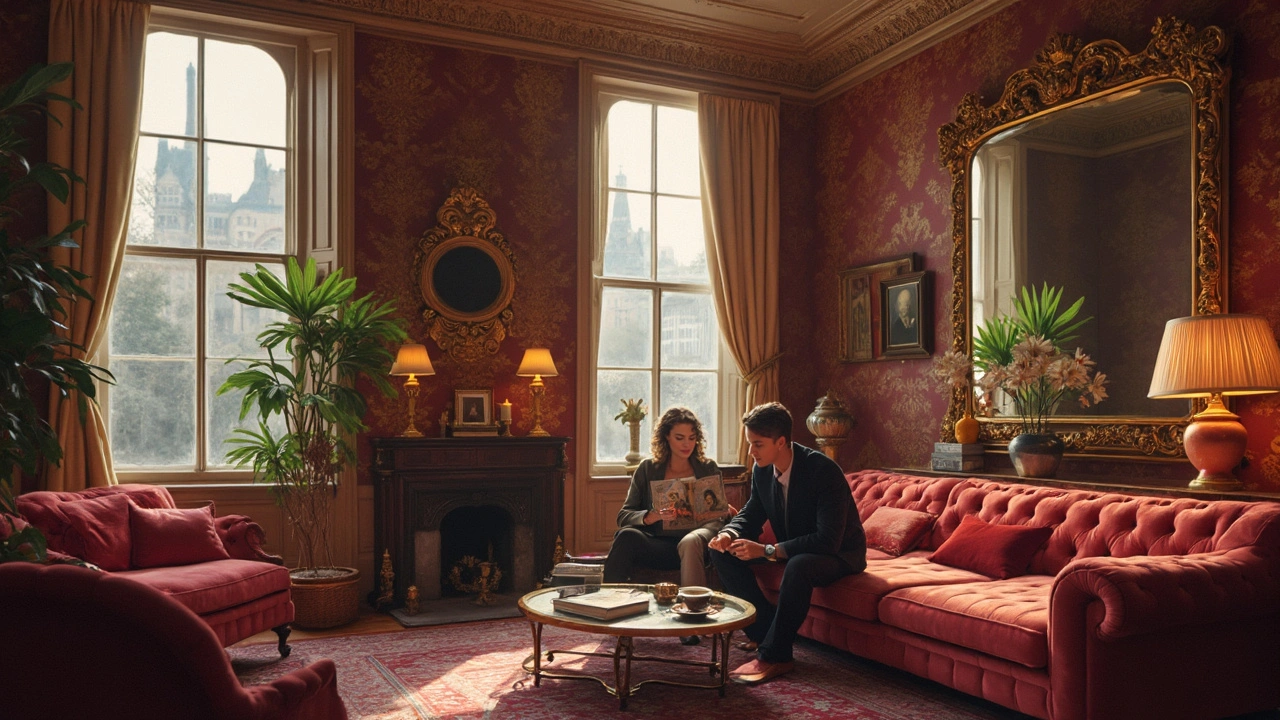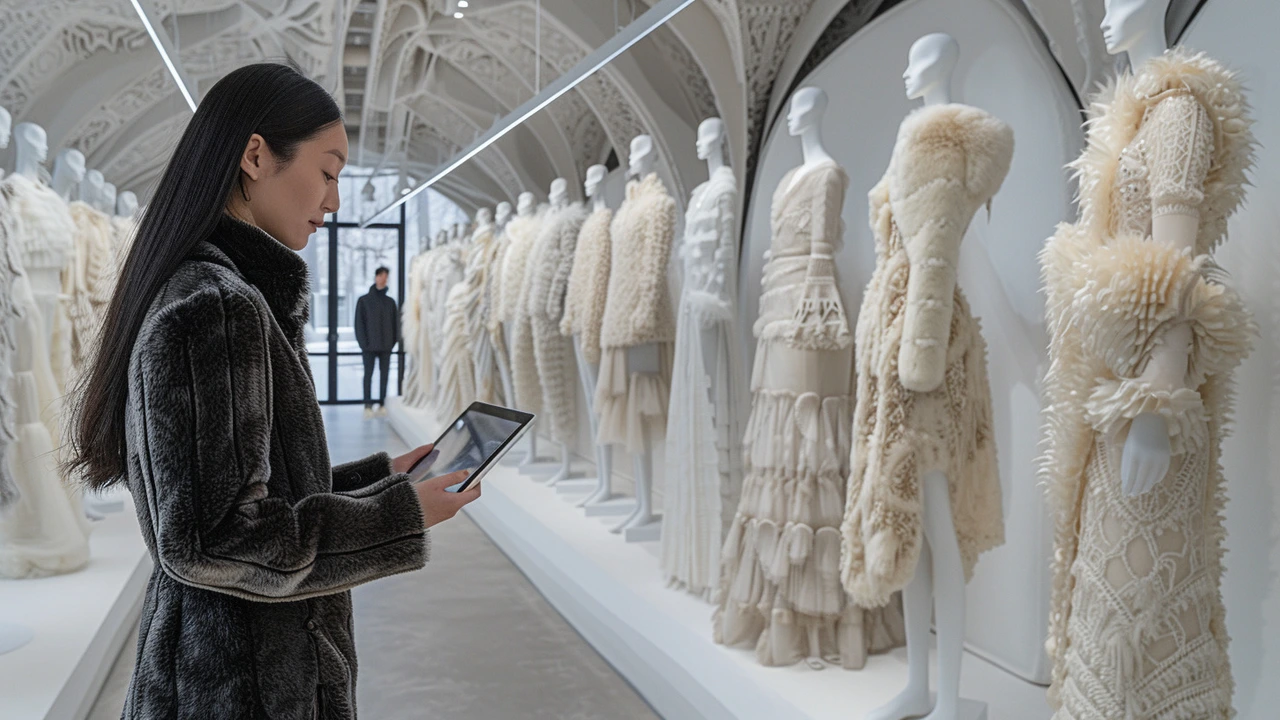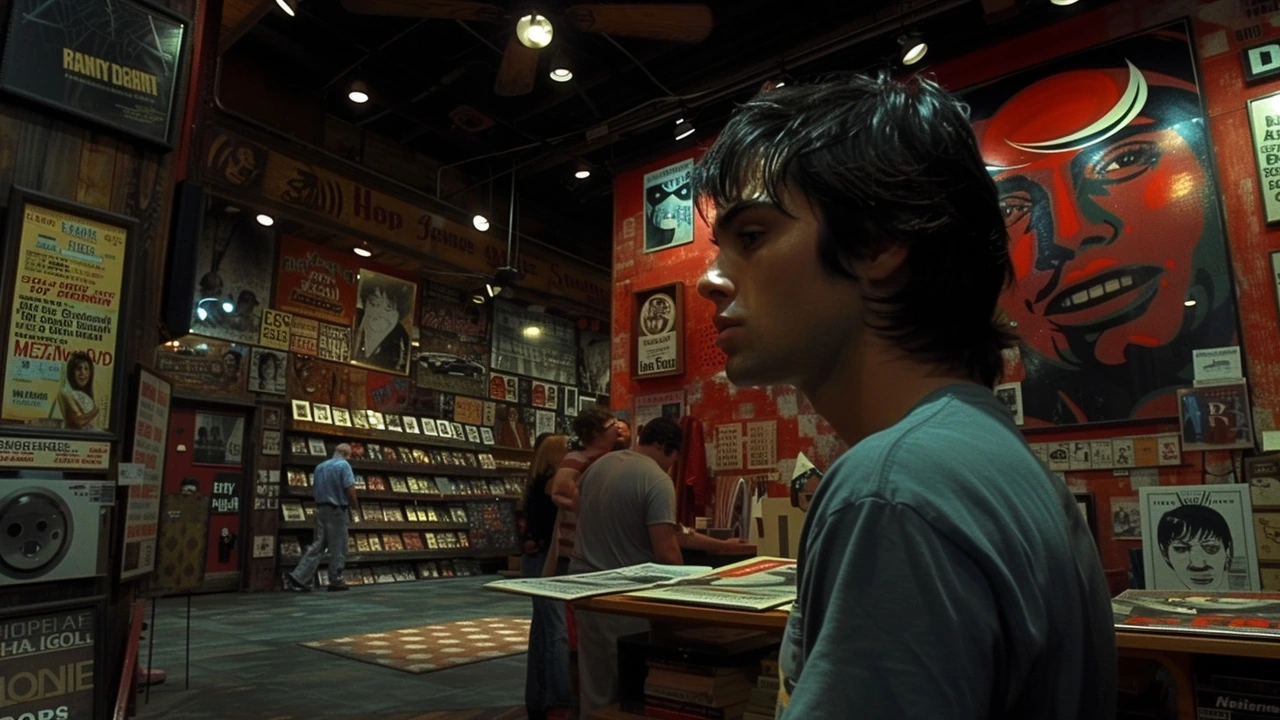Influence in Art: How Movements Shape Culture and Everyday Life
Influence in art is the trace movements leave on how we see, build, and live. You feel it when a sofa looks Bauhaus-simple, a city park borrows land art ideas, or a video game uses futurism for its world. This tag collects posts that show where influence comes from and how it works in real places you recognize.
Start by looking for patterns. Movements share ideas—simpler forms from Bauhaus, bold emotion from Expressionism, or staged surprise from Fluxus. Those ideas travel when designers, architects, writers, and musicians borrow them. Designers turn Bauhaus balance into chairs and apps. City planners use land art thinking to design greener plazas. Musicians and writers from the Harlem Renaissance rewired American culture by centering Black stories and sounds.
Influence also changes tools and habits. Photorealism pushed painting toward extreme craft and new materials; that raised expectations for detail across advertising and film. Cubism taught artists to break objects into parts; that lesson appears today in graphic design, product mockups, and even data visualization. Futurism’s love of speed and tech shows up in smart city ideas and game design, nudging public spaces to move faster and think about networks.
How to spot influence
Here’s how to spot influence fast: look for repeating shapes, shared color choices, similar ways of arranging objects, or the same themes—industry, nature, identity, motion. If you see clean grids and primary colors, think De Stijl. If public space flips into an artwork, that’s land art or installation influence. If a movement mixes media and performance, Fluxus is likely the ancestor.
Practical ways to use art influence in your work? Borrow rules, not copies. Use a movement’s core idea to solve a problem. Want clarity on a busy page? Apply Bauhaus balance: remove clutter, align elements, favor function. Want to give a campaign emotional punch? Let expressionist color choices guide your palette and imagery. Updating a room? Try Baroque accents in modern furniture for dramatic contrast instead of total period imitation.
Think about who spreads influence. Teachers, museums, and magazines translate movements into lessons. Cities and brands commission pieces that carry styles into daily life. Artists remix old ideas into new formats: Ukiyo-e shapes Japanese tattoo motifs; Constructivist geometry shows up in political posters and digital interfaces.
This tag groups articles on these shifts: history and how-tos, profiles of key figures, and examples of influence in design, urban planning, and pop culture. Read pieces on Bauhaus, Abstract Expressionism, Fluxus, the Harlem Renaissance, photorealism, and more to see patterns and pick practical tips. Start with one movement, trace where it shows up today, and you’ll begin seeing influence everywhere.
Where to start
Start small. Pick one article here and make notes on what ideas repeat: shapes, materials, themes, or how people acted. Try to copy the movement's thinking, not its look. Test one idea in a project—swap a color palette, change layouts, or design a small public element. Track how people react. That simple loop—try, watch, tweak—teaches you more about influence than any summary. Use this tag as your idea lab.



